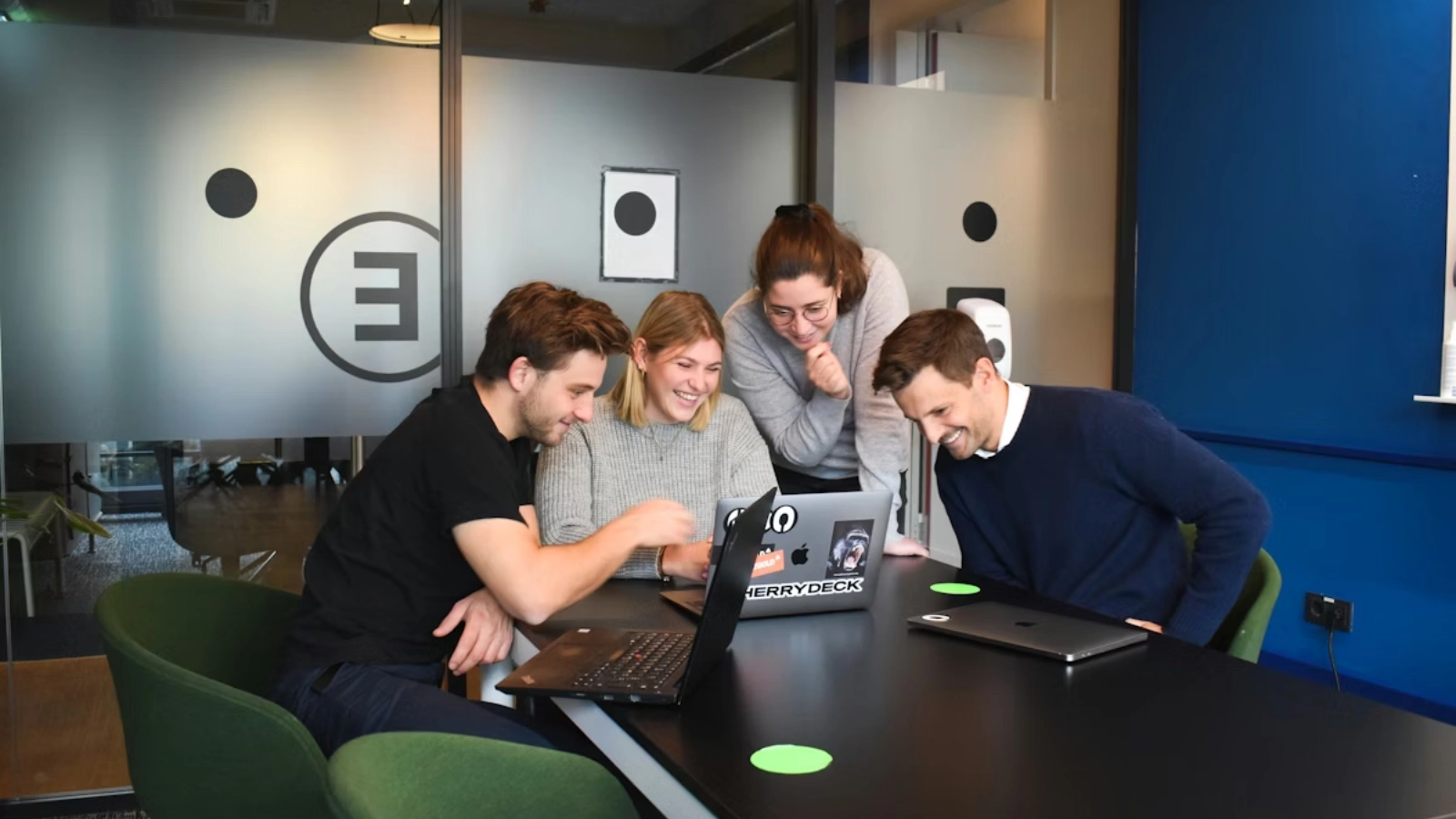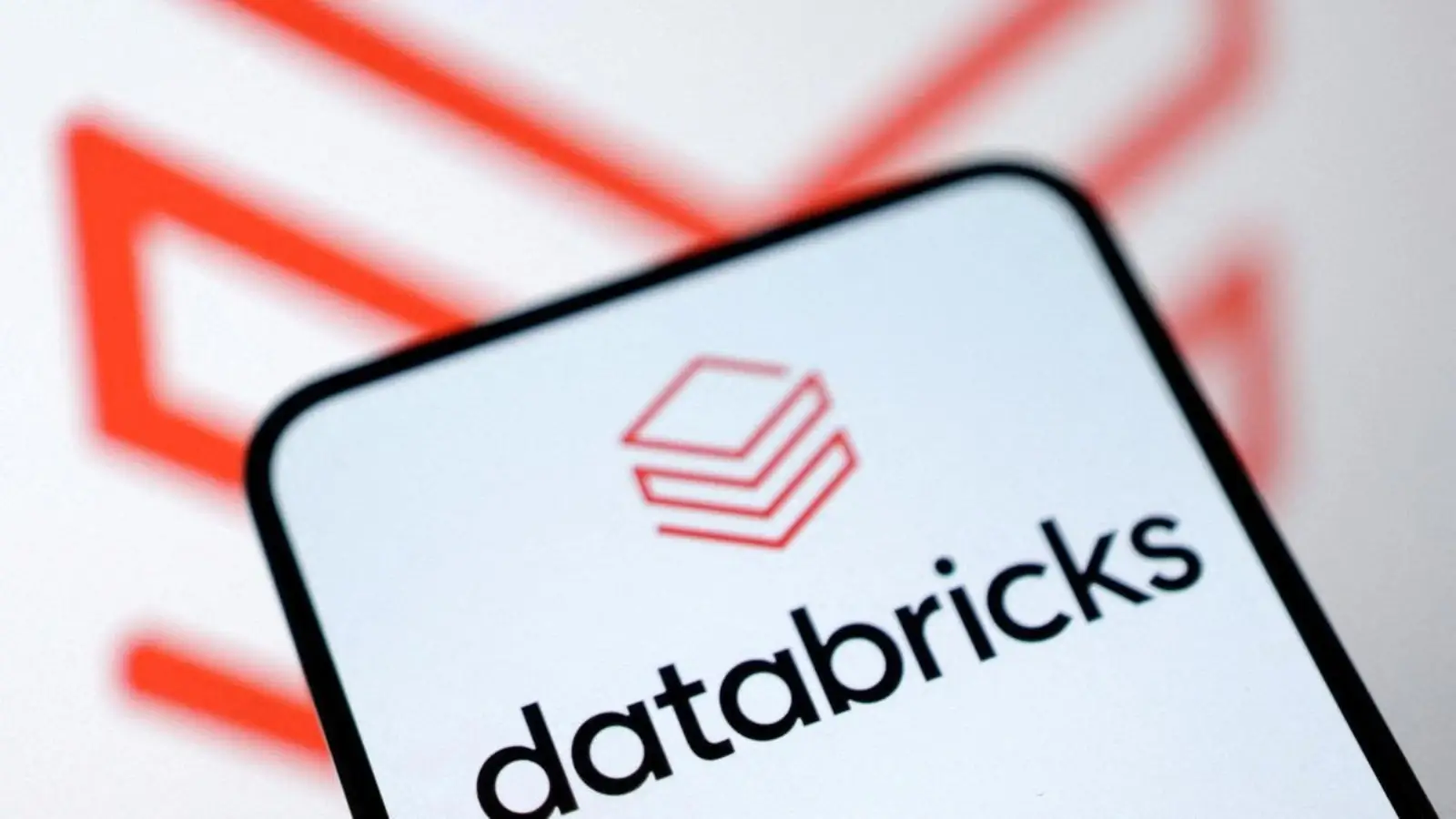AI systems, particularly generative models, often struggle with a problem known as "hallucination," where the AI generates inaccurate or false information. This issue is a growing concern for businesses, as inaccurate results can negatively impact operations and decision-making. A recent survey highlighted that about half of employees worry that the generative AI tools used by their companies may produce incorrect or misleading information.
To address this issue, various techniques are being explored, including Retrieval-Augmented Generation (RAG). RAG enhances AI accuracy by integrating a knowledge base that serves as a fact-checking resource, helping the AI model retrieve and use relevant information before generating a response.
Businesses are increasingly adopting RAG-based systems to meet the demand for more reliable AI. Voyage AI is a key player in this space. Founded in 2023 by Stanford professor Tengyu Ma, Voyage helps companies improve the accuracy of their AI systems. Its clients include notable companies like Harvey, Vanta, Replit, and SK Telecom.
Voyage’s mission is to improve the precision and efficiency of AI in specific domains such as coding, finance, legal services, and multilingual applications. The company tailors its RAG solutions to align with a client’s unique data requirements, making them highly domain-specific.
To implement RAG, Voyage trains AI models to transform text, documents, PDFs, and other forms of data into numerical formats called vector embeddings. These embeddings capture the relationships between different pieces of data, making them highly efficient for search-related applications. This approach allows AI systems to understand the deeper meaning and context of the data, making information retrieval more accurate.
Voyage uses a specialized type of embedding called contextual embedding. This method captures not only the semantic meaning of the data but also the context in which a word or phrase is used. For instance, the word "bank" can have different meanings in different contexts—whether referring to a financial institution or the side of a river. Voyage’s models create distinct embeddings for each interpretation, enhancing the AI’s ability to understand and respond appropriately.

















